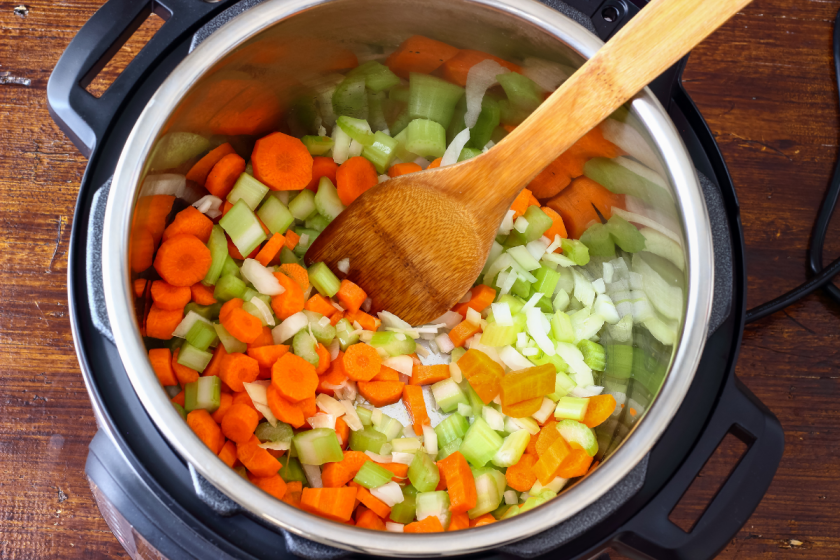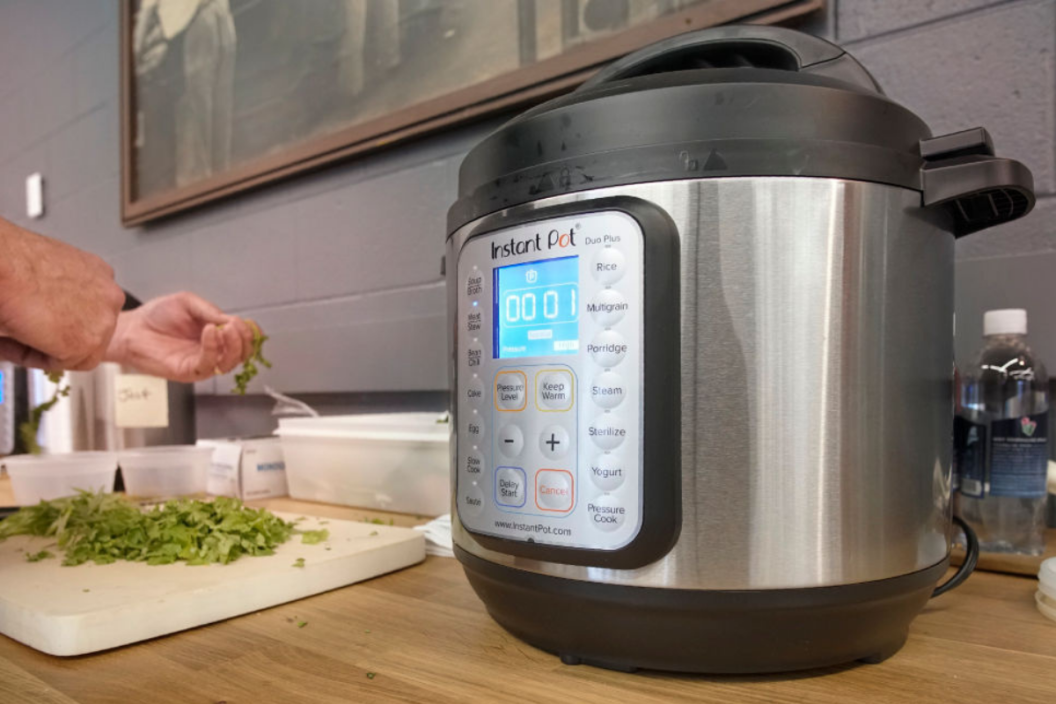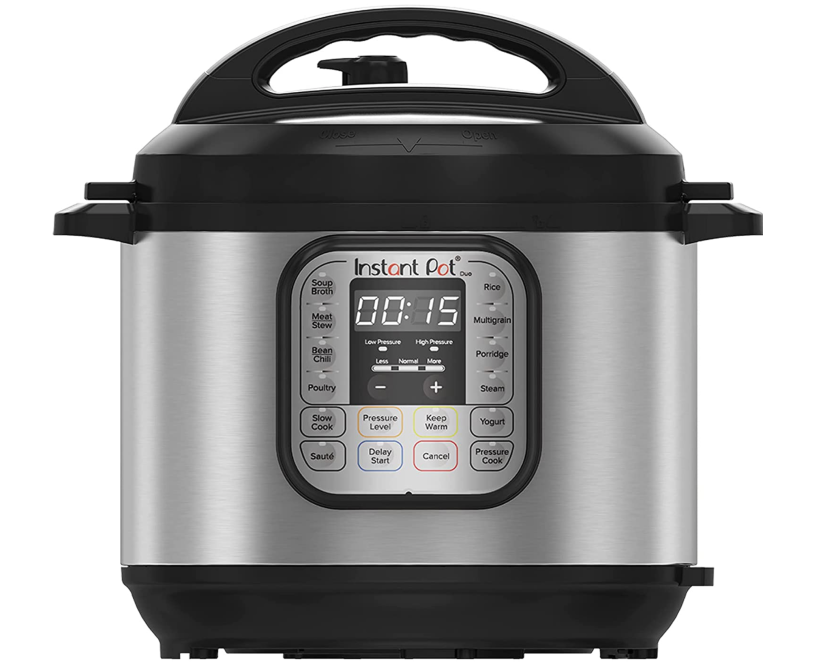The Instant Pot is beloved for making cooking so quick and hands-off, allowing home cooks to go about their days while a delicious meal is cooked. This convenient kitchen appliance is a game-changer for those with busy schedules and for those who prefer to relax on the couch rather than stand over the stovetop. Here's how to use the Instant Pot natural release function to best use this magical appliance.
How Does The Instant Pot Work?
As an electric pressure cooker like the Instant Pot cooks, steam pressure builds inside it from the heat. The more steam there is, the higher the pressure, which raises the boiling point of water. This is how the Instant Pot cooks food so quickly. After each cooking cycle, the pressure needs to be released from the pot to open it and enjoy your meal.
The two main release methods for depressurizing an Instant Pot after it's cooked your meal are natural release and quick release. Every Instant Pot lid has a venting knob to allow steam to come out, and you can control which release method you use by turning it manually. Next to this knob is the floating valve or pressure release valve, which functions on its own.
As pressure builds, the floating valve eventually closes to sealing position to keep the pressure in, and after cooking, it will drop back down. Although the floating valve does all of this on its own, it's up to you to figure out which release method to use for the venting knob. The best method depends on what you're cooking, as each release process accomplishes different things.
What Does Instant Pot Natural Release Do?
The natural release function of the Instant Pot allows the pressure in the pot to decrease gradually on its own. To do this, you simply leave the instant pot to depressurize naturally, letting the pressure go back to normal in its own time. This can take anywhere between five and thirty minutes.
Just sit back and relax as the pressure releases and the floating valve lowers on its own. Once the pressure is low enough, the float valve drops and you'll be able to open the lid. Make sure not to force it! If it won't open, it means there's still too much remaining pressure inside to safely open. If you're in a hurry, go for the quick release method instead.
Once the valve has dropped, it's time to open the lid. Turn the venting knob before opening just in case, to make sure that all the pressure is gone. If the "keep warm" function is still on, natural pressure release will take a bit longer, so turn it off if you want the pressure to release quicker.
This Instant Pot pressure release method is safest and most useful when pressure cooking and is most commonly used in Instant Pot recipes. It's especially good when cooking foods that would get stuck in the quick release valve, like oatmeal, polenta and other goopy foods. This method is also ideal for dishes that continue cooking when the heating element is turned off, like chili, broths, pot roast or pulled pork.
What Does Instant Pot Quick Release Do?

The opposite of the natural release method is quick pressure release method, which you can do by opening the steam release valve on the lid to depressurize the Instant Pot immediately. This is also called manual or steam release. You simply turn the venting knob and the steam comes out, which takes up to 2 minutes. The steam will shoot out quickly, so make sure you're not in its path!
The quick release method is best for delicate foods like pork tenderloin, veggies or mac n cheese. It's ideal for ending the cooking process immediately and avoiding overcooking. Not to mention, this will have your meal on the table faster than the natural release method. To figure out how to release the pressure, check which method your recipe calls for. Enjoy quick, tasty meals from this wonderful kitchen appliance!






